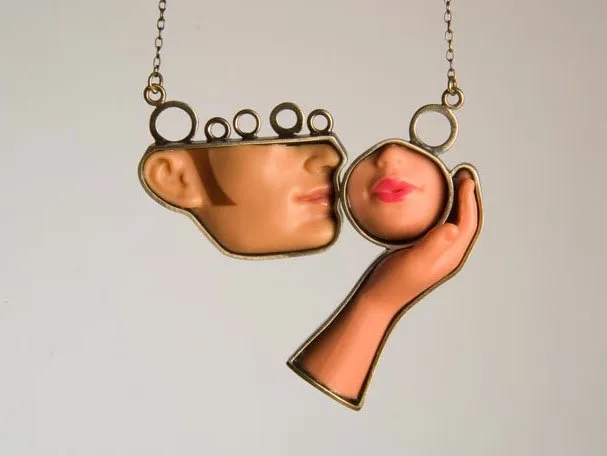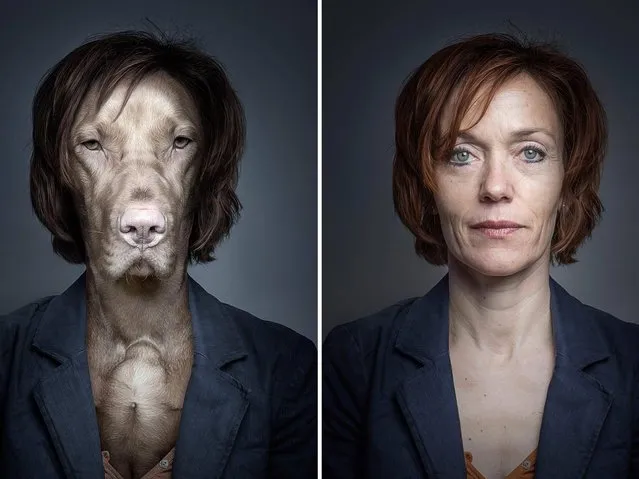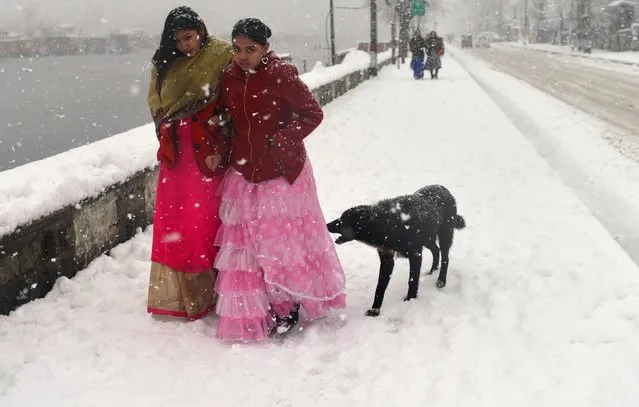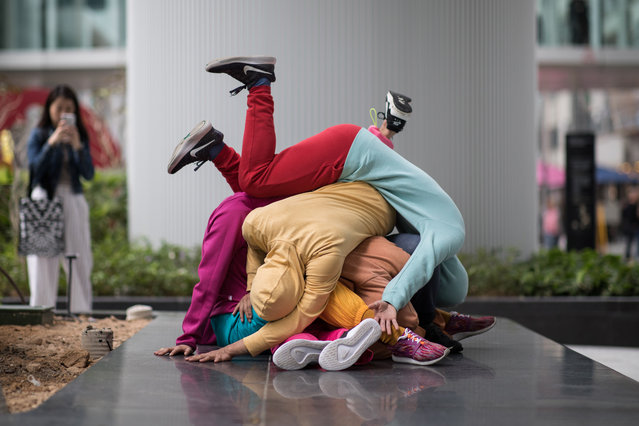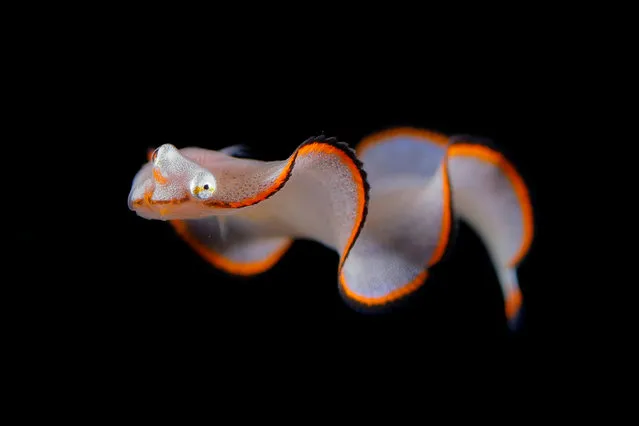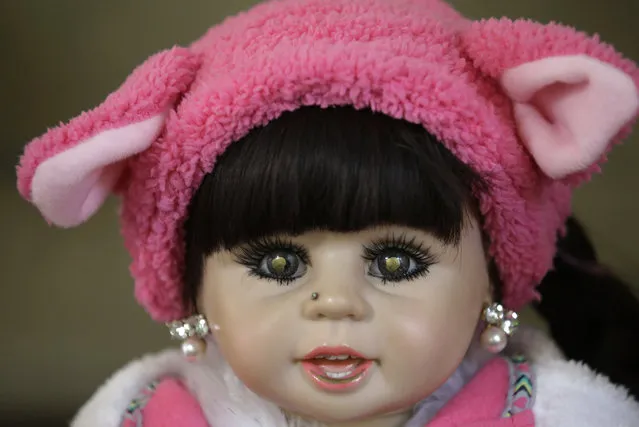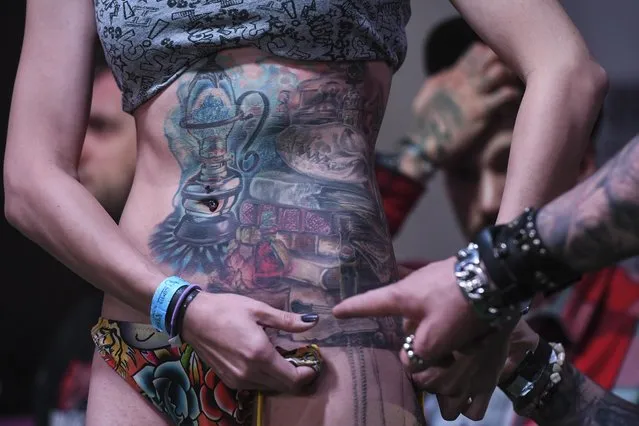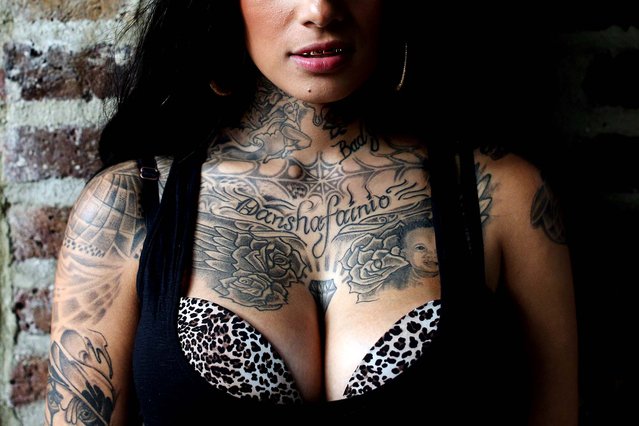
Tattoo artists and body art fans from across the globe have descended on London for one of the biggest and most prestigious tattoo conventions. “This is like the Premier League of tattoo artists from all over the world who come here to show their work”, organiser Marcus Beriman said. Photo: Bugz Bonniie displays some of her tattoos. (Photo by Oli Scarff)
28 Sep 2013 09:24:00,post received
0 comments

